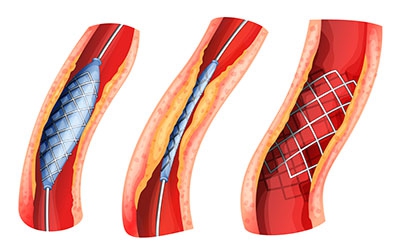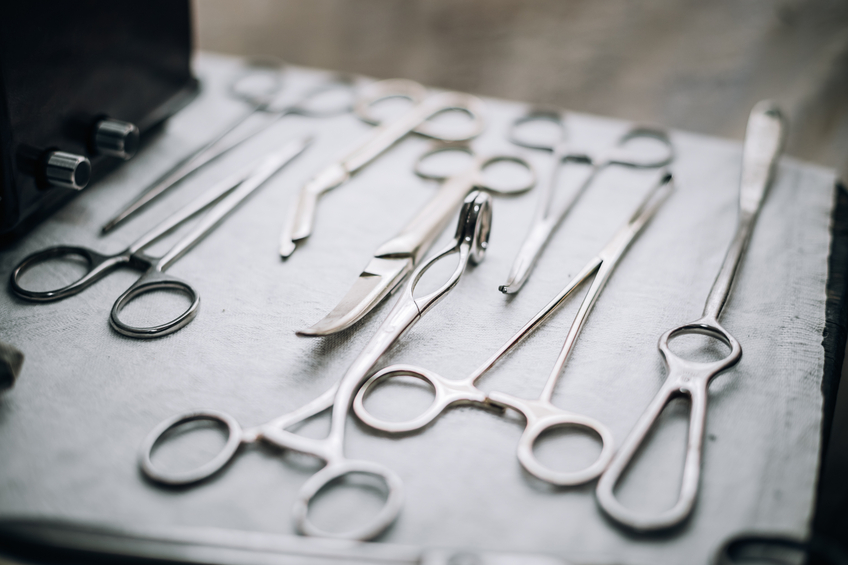Springs have been used in mechanics and other forms of technology for hundreds of years. In the 17th century, Robert Hooke scrutinised springs by testing them repetitively and developed Hooke’s Law, one of the most common physical laws used in mechanics today.
However, this isn’t the only use of springs. They are also used in various equipment and life-saving treatments in the medical industry. Read on to learn more about how various spring designs are used to create medical equipment.
The Importance of Springs in Medicine
As a medical device designer, understanding the vital role of springs in different medical equipment is crucial for choosing the best design. Springs and wire forms provide the versatility and effectiveness required to support the functionality of these life-saving devices.
Springs are key components that enable smooth movement, provide tension and compression, and facilitate precise control in various medical devices. They provide the necessary support and precision that enable seamless interactions between medical devices and the human body.
By understanding the unique needs and challenges medical device designers face, a small spring manufacturer like ourselves supports innovation and continues improving patient care by integrating high-quality electronic springs into medical devices.
Springs for Artificial Pacemakers
Artificial pacemakers are used to send electrical impulses to the heart if it is beating at an irregular rate. It is predominantly used in people who suffer from a slow heartbeat (bradycardia) or a fast heartbeat (tachycardia). Because of the technology used, it has saved thousands of lives. But did you know that springs are used in pacemakers?

In pacemakers, springs ensure that the leads that connect the electrical circuits to the heart do not become dislodged. This is known as active fixation, and it is incredibly important in pacemakers, as a dislodged lead can lead to a inoperative pacemaker becoming entirely redundant, possibly leading to damage inflicted on the heart.
Springs for Stents
A stent is a metallic mesh tube that is incredibly similar to a spring mechanically, and it is primarily used to treat coronary conditions such as weak, blocked or narrow arteries. The stent is used in a percutaneous coronary intervention (PCI) procedure, which restores normal blood flow in arteries. If the arteries are not blocked, then PCI can still be performed to increase their strength and prevent them from bursting.

Some stents can be used for urinary purposes but are less robust than coronary stents. Urinary stents are typically used to pass urine because of either the presence of a kidney stone or inflammation of the prostate.
No matter what type of stent is used and what it is made of, they are incredibly important in medical procedures and help relieve stress and pain in the body.
Springs for Orthopaedic Implants
Orthopaedic implants rely on springs, including joint replacements, spinal implants, and fracture fixation devices. They are strategically designed to provide the necessary support and control for the affected joint or bone. They are typically incorporated into the implant structure to enhance stability and ensure proper alignment during movement.
The springs’ design within orthopaedic implants considers factors such as patient anatomy, biomechanical considerations, and the specific purpose of the implant. The aim is to create a balance between providing enough support to the surrounding tissues and allowing controlled movement for optimal functionality.
By offering this stability, springs in orthopaedic implants help maintain proper alignment and prevent displacement or loosening of the implant. This helps with the healing process and ensures the implant’s durability over time.
The design of springs in orthopaedic implants requires meticulous engineering and consideration of factors such as material selection and spring geometry; these ensure a reliable durability, resistance to fatigue, and the ability to withstand the forces exerted during daily activities.
Springs for Biopsy Forceps
Biopsy forceps are a type of forceps that are used to extract small samples of body tissue so that it can undergo a medical examination. An example of this could be taking a piece of liver tissue to see if any abnormal growths or unusual structures are occurring within the tissue. The reason why biopsy forceps are normally used rather than other types of forceps is because of the spring mechanism that is involved.

If locking forceps are used within biopsies, mishandling could occur, resulting in patient injury. Biopsy forceps ensure minimal harm to the patient, meaning that tissue can be removed quickly, effectively and safely.
Bespoke Medical Springs at Airedale Springs
Springs and wire forms are incredibly important within the medical industry. These essential components are everywhere, and knowing how they influence our lives is vital for effective spring design. That’s why we put so much care and consideration into every spring we manufacture.
If you want to know more about our services, contact us today at 01535 643456, and one of our engineers will be more than happy to help with your enquiry.


